Volcano Worksheets for 5th Grade
If you're a 5th-grade teacher or a parent looking for engaging and informative resources to teach your child about volcanoes, we've got you covered. Volcano worksheets can be a great way to introduce this fascinating geologic phenomenon to young learners. These worksheets provide an opportunity for students to explore the various aspects of volcanoes, including their formation, types, and impact on Earth's surface.
Table of Images 👆
More 5th Grade Worksheets
5th Grade Math Worksheets PrintableMultiplication Worksheets for 5th Grade
Constitution Worksheets for 5th Grade
Coordinates Worksheets 5th Grade
United States Worksheets 5th Grade
Free Division Worksheets for 5th Grade
Poetry Terms 5th Grade Worksheets
5th Grade Social Studies Printable Worksheets
What is a volcano?
A volcano is a natural landform created by the extrusion of molten rock, ash, and gases from beneath the Earth's surface. These materials can erupt violently or quietly, forming cone-shaped mountain structures over time. Volcanoes can be active, dormant, or extinct, and they play a crucial role in shaping the Earth's surface and influencing the planet's geology and climate.
What causes a volcano to erupt?
A volcano erupts when there is an accumulation of pressure within the magma chamber beneath the earth's surface. This pressure builds up as gases dissolve in the magma, causing the magma to expand and rise towards the surface. Eventually, the pressure becomes too great for the volcanic rock to contain, leading to an explosive release of magma, gases, and ash through the volcano's vent.
What are some common types of volcanoes?
Some common types of volcanoes include shield volcanoes, which have broad, gentle slopes and often result from lava flowing long distances, cinder cone volcanoes, which are small and steep-sided with explosive eruptions that eject volcanic debris, and stratovolcanoes, which are tall, conical volcanoes with alternating layers of ash, lava, and volcanic rocks resulting from explosive and effusive eruptions. Other types include caldera volcanoes, which are large, collapsed volcanic craters, and fissure volcanoes, which erupt from long cracks in the Earth's crust.
How are volcanoes formed?
Volcanoes are formed when magma from within the Earth's mantle rises to the surface through cracks in the Earth's crust. As the magma reaches the surface, it erupts, spewing hot magma, ash, and gases. Over time, repeated eruptions create a cone-shaped mountain called a volcano. The type of volcano that forms depends on the composition and viscosity of the magma, as well as the tectonic plate boundaries in the area.
What are the different parts of a volcano?
A volcano consists of several main parts, including the magma chamber, conduit, vent, and crater. The magma chamber is a reservoir of molten rock beneath the surface, from which magma is ejected during an eruption. The conduit is a pipe-like structure that connects the magma chamber to the surface, through which the magma flows. The vent is the opening at the surface through which lava, gases, and ash are expelled during an eruption. The crater is the bowl-shaped depression at the top of the volcano, formed by collapses or explosions during eruptions.
What are the different stages of a volcano's life cycle?
A volcano's life cycle typically includes four main stages: active, dormant, extinct, and potentially back to active. In the active stage, the volcano erupts regularly, releasing lava, ash, and gases. Once the volcanic activity reduces or stops, the volcano enters the dormant stage, where it is still considered capable of erupting in the future. If a volcano remains inactive for an extended period, it is classified as extinct. However, some volcanoes can become active again after a period of dormancy, restarting the cycle.
How do volcanoes affect the environment?
Volcanoes can have both short-term and long-term impacts on the environment. In the short term, eruptions can release harmful gases and ash that can affect air quality, disrupt ecosystems, and damage vegetation. Furthermore, volcanic ash can also cause respiratory issues in humans and animals. Long-term impacts include the creation of new land through the deposition of volcanic materials, which can eventually support new life and ecosystems. Additionally, volcanic eruptions can also contribute to global climate change by releasing large amounts of sulfur dioxide and ash into the atmosphere, which can lead to cooling effects on the Earth's climate.
What are the potential hazards associated with volcanoes?
Potential hazards associated with volcanoes include lava flows, pyroclastic flows, ashfall, volcanic gases, lahars (mudflows), landslides, and volcanic tsunamis. These hazards pose risks to human life, infrastructure, agriculture, and the environment, making volcanic eruptions a significant natural disaster with wide-ranging impacts.
How do scientists monitor and predict volcanic eruptions?
Scientists monitor and predict volcanic eruptions by using a combination of techniques such as seismometers to detect ground tremors, GPS sensors to track ground movement, gas sensors to measure emissions, satellite imagery to monitor surface changes, and studying past eruption patterns. By analyzing these data points, scientists can identify signs of volcanic unrest and predict potential eruptions, allowing for early warnings to be issued to protect communities at risk.
How have volcanic eruptions shaped Earth's landscape?
Volcanic eruptions have played a significant role in shaping Earth's landscape by creating new landforms such as mountains, islands, and plateaus, as well as contributing to the formation of land features like valleys, lakes, and hot springs. Eruptions also release lava, ash, and gases that can alter soil fertility, affect the climate, and create new habitats for plant and animal life. Over time, the accumulation of volcanic materials can lead to the creation of fertile soils that support diverse ecosystems and agricultural activities.
Have something to share?
Who is Worksheeto?
At Worksheeto, we are committed to delivering an extensive and varied portfolio of superior quality worksheets, designed to address the educational demands of students, educators, and parents.

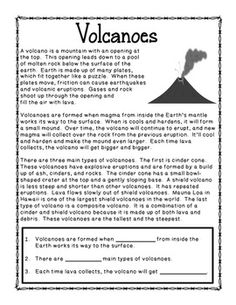



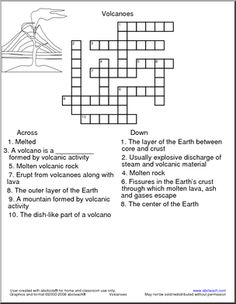
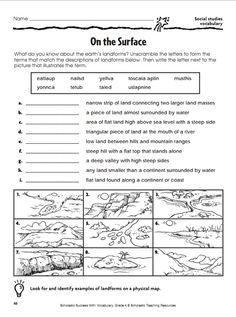
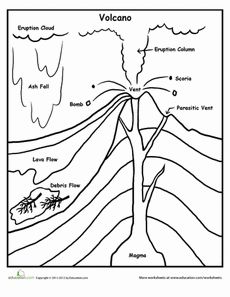
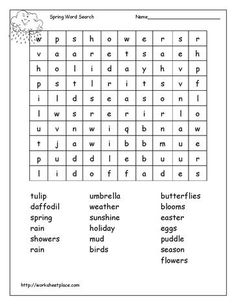
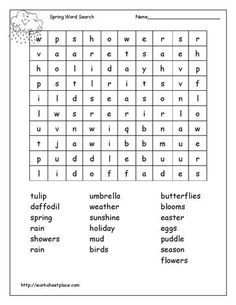
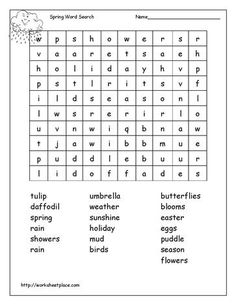
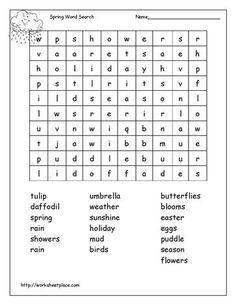
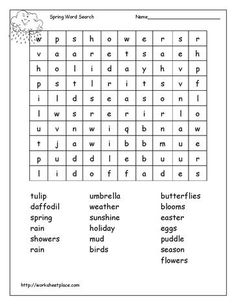
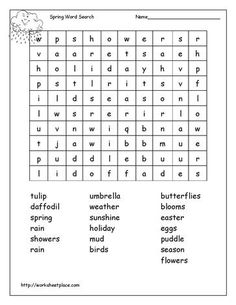
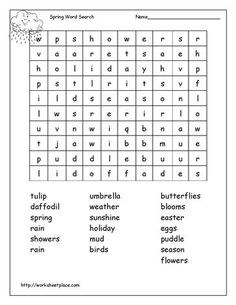
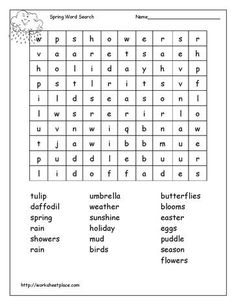
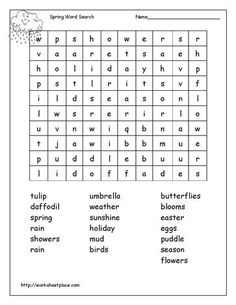
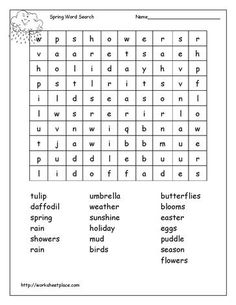
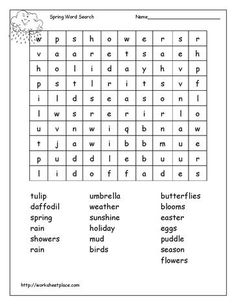
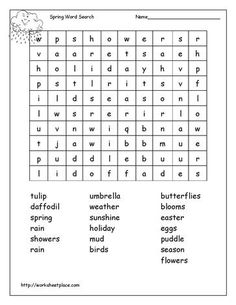
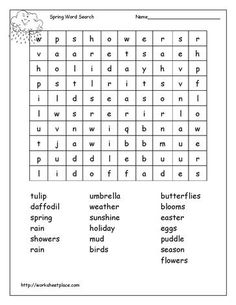








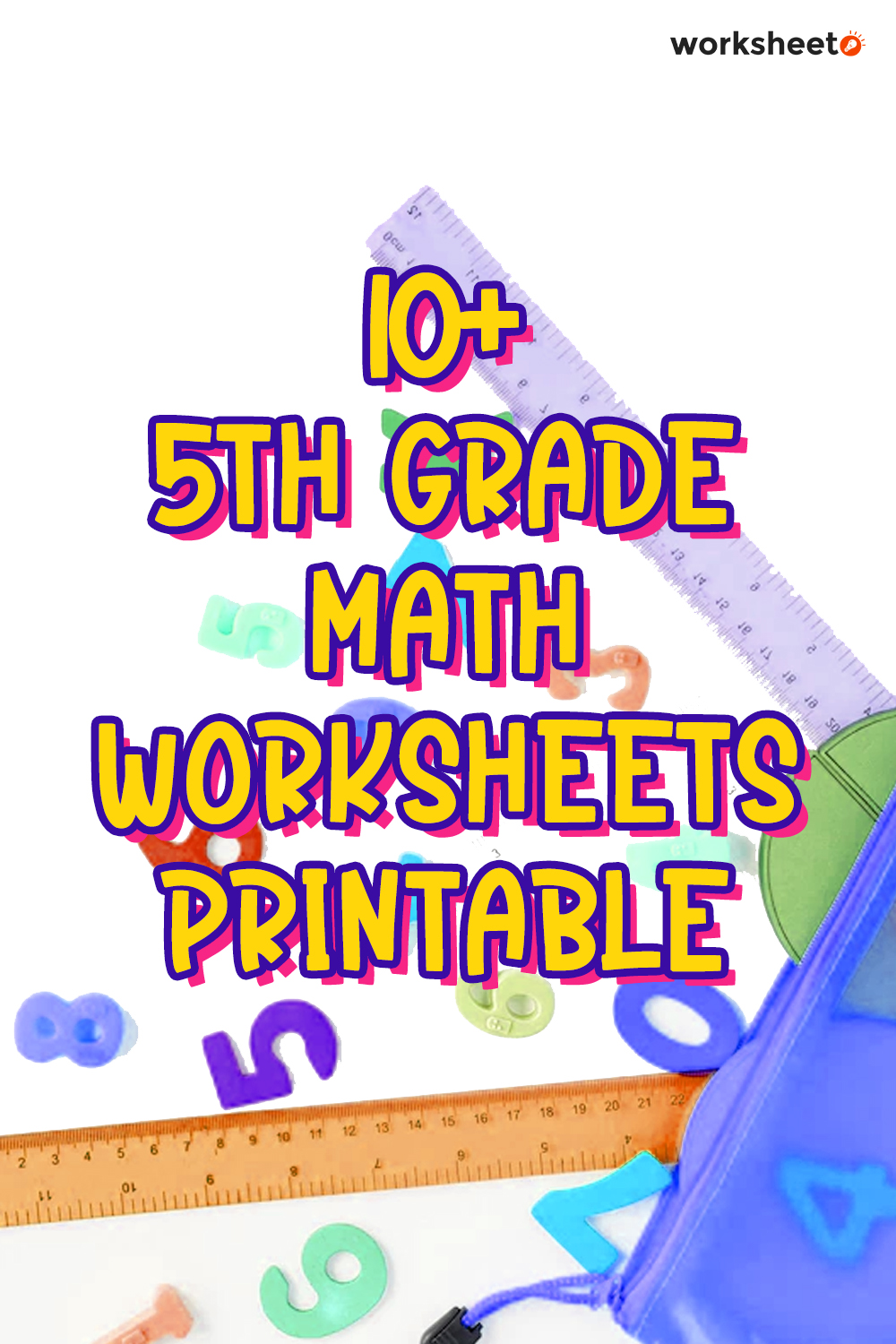
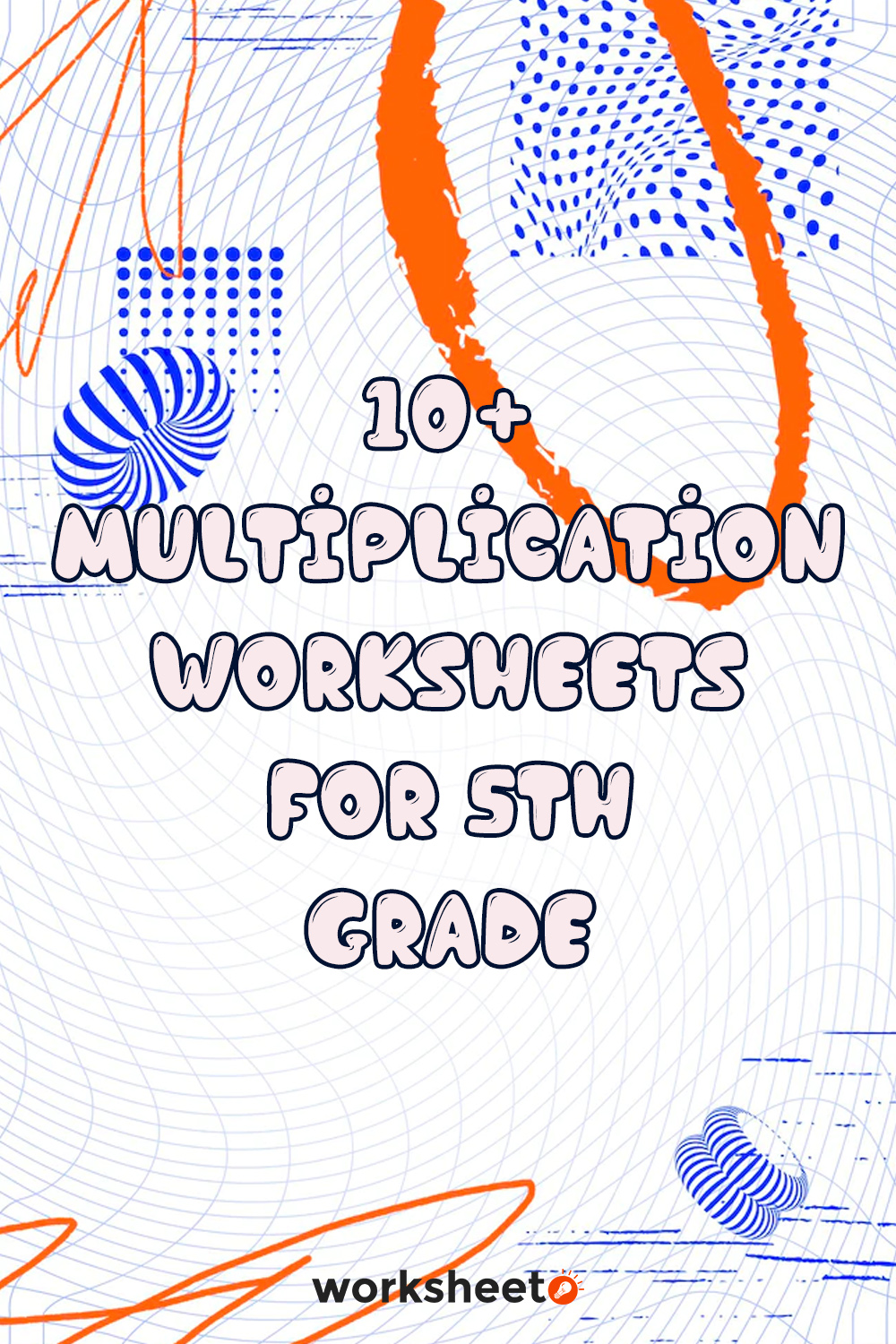
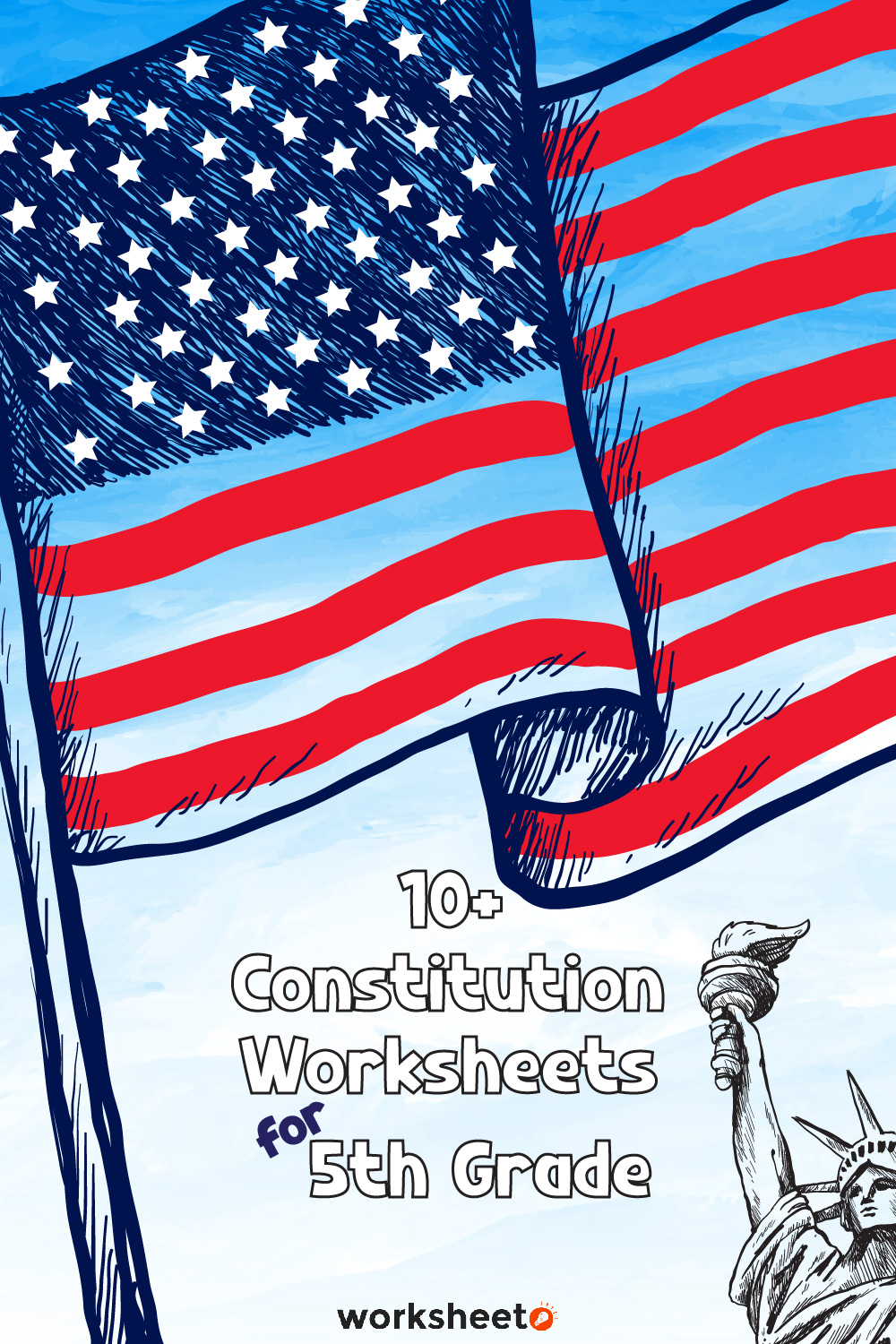
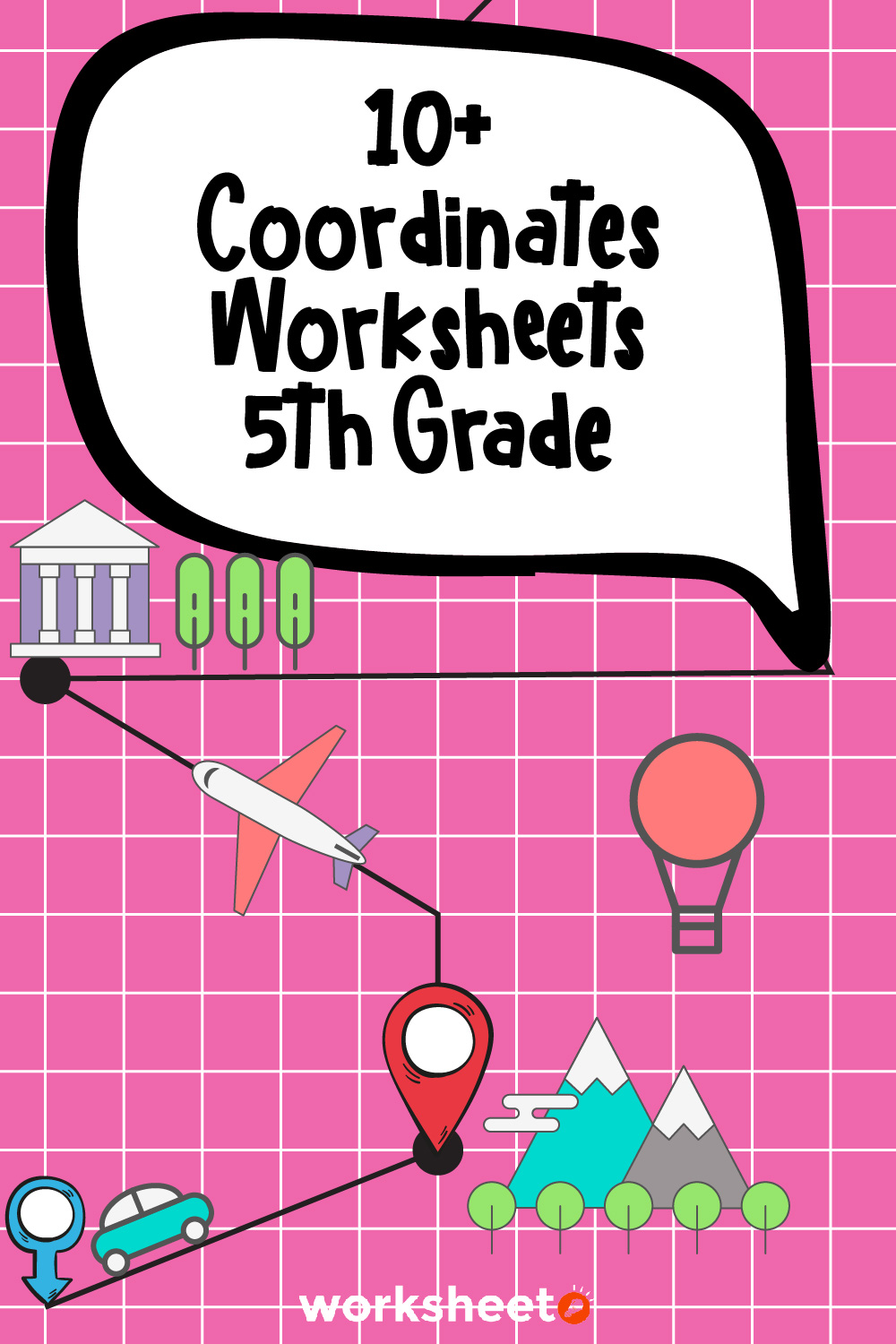
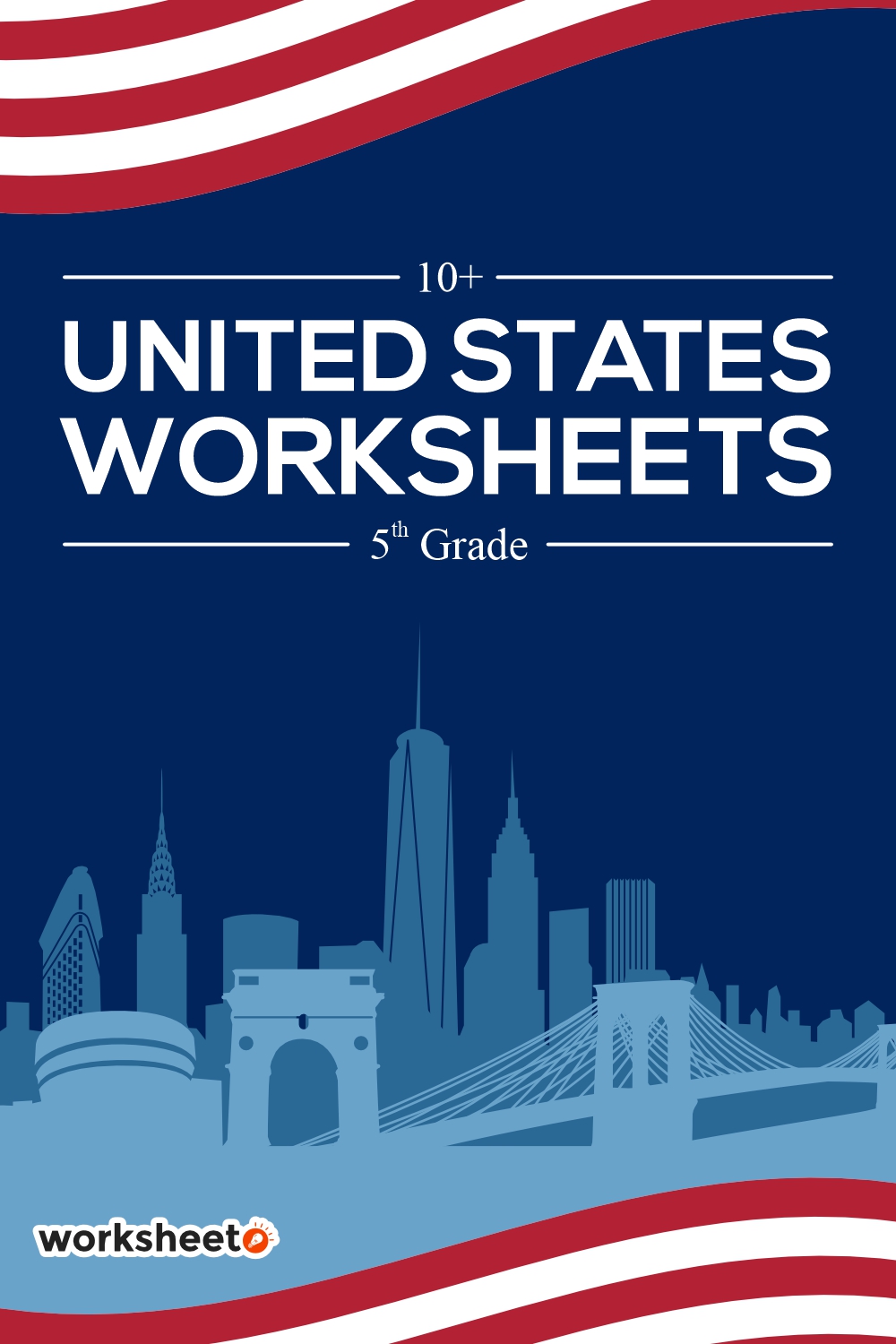

Comments